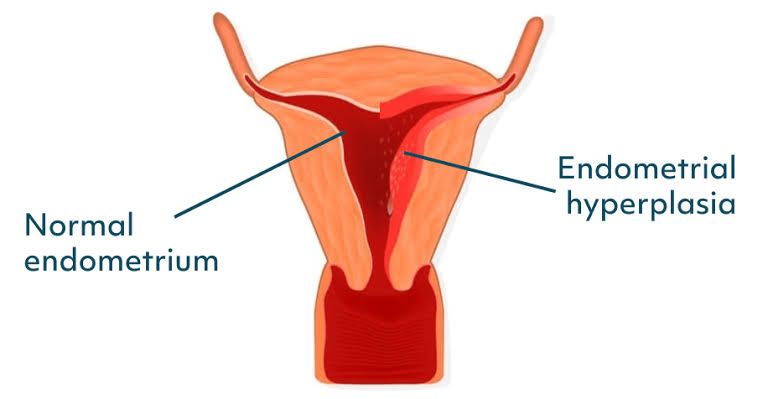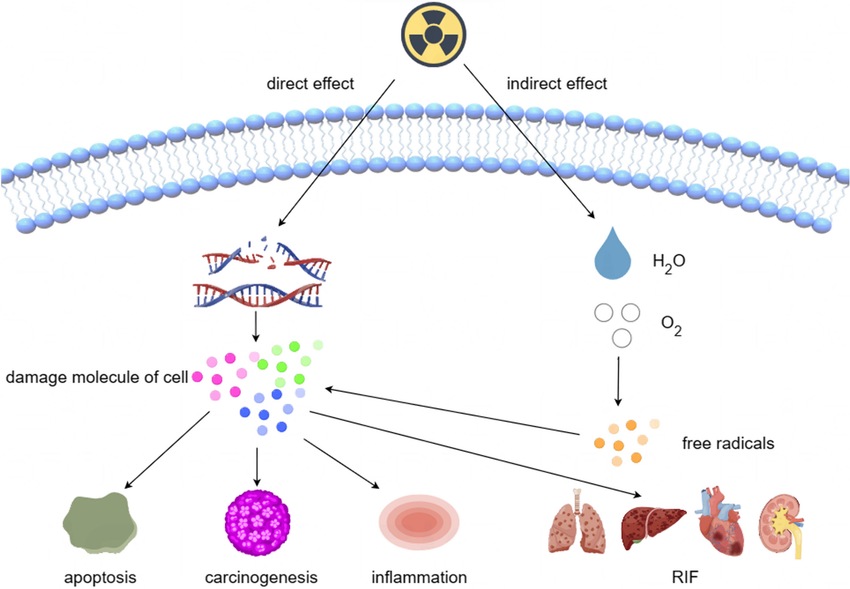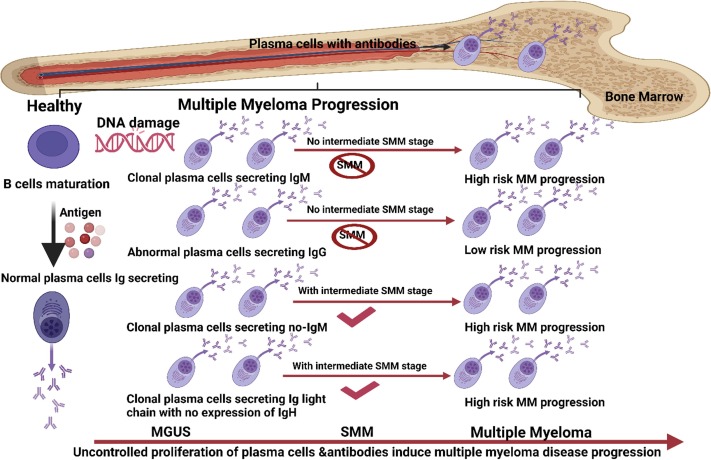
Definition of Endometrial Hyperplasia
Endometrial hyperplasia is a condition characterized by the thickening of the endometrium, which is the lining of the uterus. This thickening occurs due to an excess of estrogen without sufficient levels of progesterone. While endometrial hyperplasia itself is not cancerous, it can lead to precancerous changes and, in some cases, develop into endometrial cancer if left untreated. The condition is most commonly seen in women who are transitioning into menopause or have completed menopause.
Morphological Types of Endometrial Hyperplasia
Endometrial hyperplasia can be classified into several morphological types based on the cellular changes observed in the endometrial lining. The primary categories include:
- Benign Endometrial Hyperplasia: This type involves non-cancerous changes in the cells of the endometrium. The cells may appear abnormal under microscopic examination but do not exhibit characteristics indicative of cancer.
- Endometrial Intraepithelial Neoplasia (EIN): This category represents precancerous changes within the endometrium. It indicates that while there are abnormal cell changes, they have not yet progressed to cancer. EIN is associated with an increased risk for developing endometrial carcinoma.
- Endometrial Adenocarcinoma (Well Differentiated): This type signifies cancerous changes in the endometrium. Well-differentiated adenocarcinoma means that while cancer is present, the cells still resemble normal endometrial cells to some extent.
These classifications help healthcare providers determine the appropriate management and treatment options for women diagnosed with endometrial hyperplasia.
Pathophysiology of Endometrial Hyperplasia
Understanding the pathophysiology involves several key components:
Hormonal Imbalance
The root cause of endometrial hyperplasia is often an excess of estrogen relative to progesterone. During a normal menstrual cycle, estrogen promotes the growth and thickening of the endometrial lining in preparation for potential pregnancy. After ovulation, progesterone levels rise, which counteracts estrogen’s effects and facilitates the shedding of this lining if pregnancy does not occur.
In cases where ovulation does not happen regularly—such as in conditions like polycystic ovary syndrome (PCOS), perimenopause, or menopause—progesterone is not produced adequately. Consequently, there is prolonged exposure to estrogen without its balancing effect from progesterone, leading to continuous stimulation and growth of the endometrium.
Cellular Changes
As a result of this hormonal imbalance, the cells in the endometrium begin to proliferate excessively. The condition can be classified into different types based on cellular changes:
- Simple Hyperplasia: This type involves an increase in both glandular and stromal components but without atypical cells.
- Complex Hyperplasia: In this form, there are more glands than stroma, but again without atypical features.
- Atypical Hyperplasia (Endometrial Intraepithelial Neoplasia): This represents a precancerous state where abnormal cells are present within the endometrial lining.
The presence of atypical hyperplasia significantly increases the risk for progression to endometrial cancer.
Risk Factors Contributing to Pathophysiology
Several risk factors exacerbate this hormonal imbalance and increase susceptibility to developing endometrial hyperplasia:
- Obesity: Adipose tissue can convert androgens into estrogens through aromatization, leading to higher circulating estrogen levels.
- Age: Women over 35 years old are at greater risk due to natural hormonal fluctuations associated with aging.
- Menstrual History: Early onset of menstruation or late menopause extends lifetime exposure to estrogen.
- Medications: Use of medications such as tamoxifen can mimic estrogen’s effects without providing adequate progesterone.
Clinical Implications
If left untreated, endometrial hyperplasia can progress to endometrial carcinoma due to ongoing cellular proliferation and potential genetic mutations that may arise from abnormal cell division. Therefore, early diagnosis and management are crucial in preventing cancer development.
In summary, endometrial hyperplasia results from a complex interplay between hormonal imbalances primarily involving excess estrogen relative to progesterone, leading to abnormal cellular proliferation within the uterine lining.
Definition of Dysfunctional Uterine Bleeding
Dysfunctional uterine bleeding (DUB), also known as anovulatory bleeding, refers to any vaginal bleeding that deviates from a woman’s normal menstrual cycle. This condition arises when the hormonal signals that regulate the menstrual cycle become disrupted, leading to irregularities in bleeding patterns. Normal menstrual cycles are typically regulated by hormones that signal the body to shed the endometrial lining if pregnancy does not occur. In cases of DUB, these hormonal signals may be inconsistent, resulting in various forms of bleeding such as heavy periods, light spotting, or unpredictable cycles.
Causes of Dysfunctional Uterine Bleeding
The causes of dysfunctional uterine bleeding can be multifactorial and may include:
- Hormonal Abnormalities: Disruptions in hormone levels can lead to irregular ovulation and abnormal uterine bleeding. Conditions such as thyroid disorders or elevated prolactin levels can contribute to these hormonal imbalances.
- Medications: Certain medications, including anticoagulants and hormonal therapies, can affect menstrual cycles and lead to abnormal bleeding patterns.
- Excessive Exercise or Weight Loss: Significant changes in physical activity or rapid weight loss can impact hormonal balance and result in irregular menstruation.
- Obesity: Increased body fat can lead to higher estrogen levels, which may disrupt normal menstrual cycles and cause DUB.
- Stress or Illness: Psychological stress or acute/chronic illnesses can influence hormone production and lead to changes in menstrual patterns.
- Menstrual Onset in Adolescence: Young women who have just begun menstruating may experience irregular cycles as their bodies adjust hormonally over time.
- Perimenopause: Women approaching menopause often experience fluctuations in hormone levels that can result in dysfunctional uterine bleeding during this transitional phase.
- Structural Abnormalities: Conditions affecting the uterus or ovaries, such as polyps or fibroids, can also contribute to abnormal bleeding patterns.
- Pregnancy-Related Issues: Complications during pregnancy, such as miscarriage or ectopic pregnancy, may present with abnormal vaginal bleeding.
- Endometrial Hyperplasia or Cancer: In some cases, thickening of the endometrial lining (hyperplasia) or malignancies may cause irregular bleeding patterns.
Understanding these causes is crucial for diagnosis and treatment; therefore, individuals experiencing symptoms of DUB should consult healthcare providers for appropriate evaluation and management.







